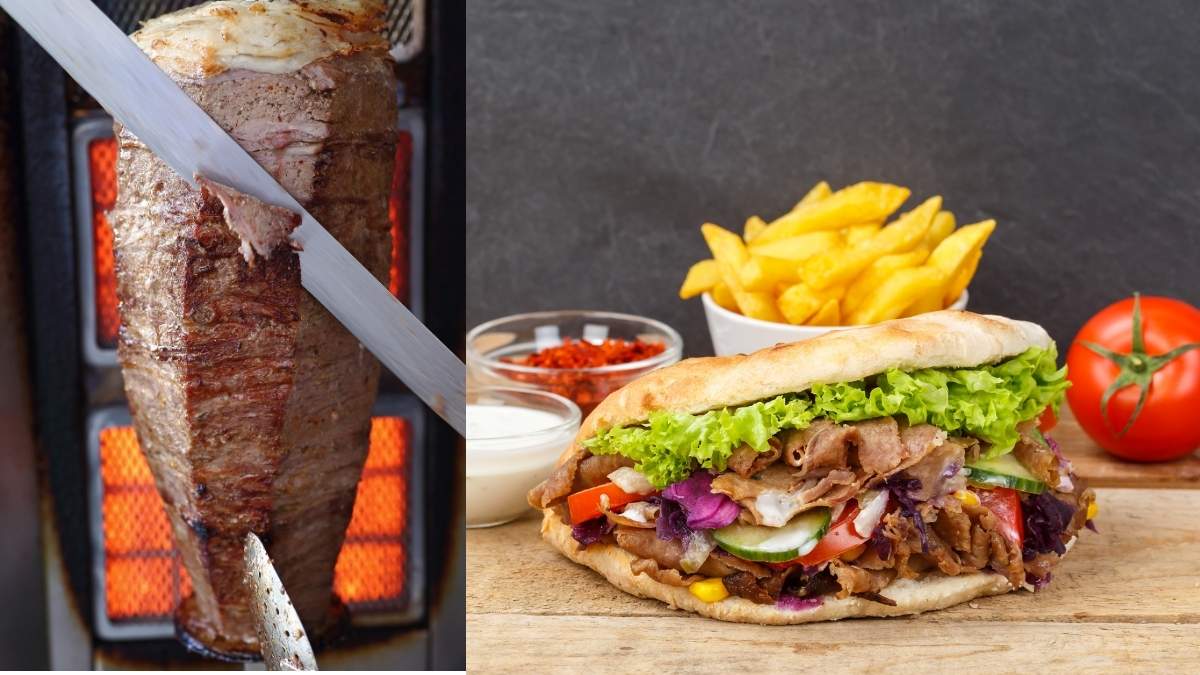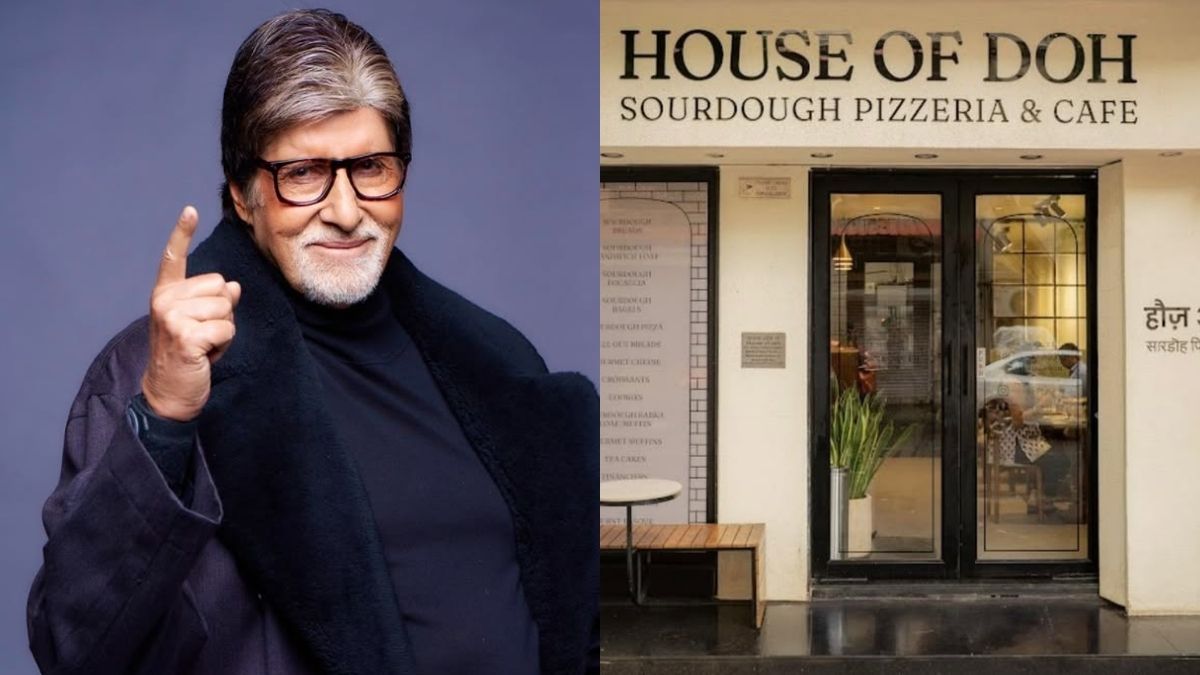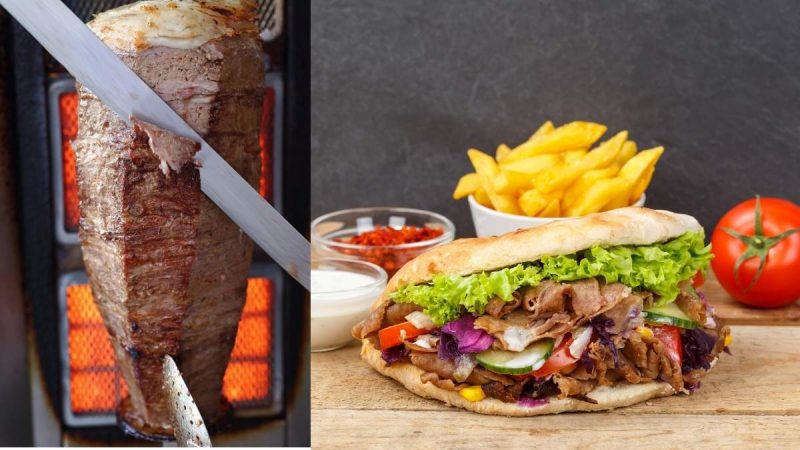Who would have thought that the juicy, rotating tower of meat you grab after a late night could cause an international fuss? Döner kebab, that gloriously stuffed pita sandwich, has become a street food staple across Europe. But its roots? That’s where things get meaty.
Tracing Döner Kebab’s Delicious Origins In Turkey And Germany
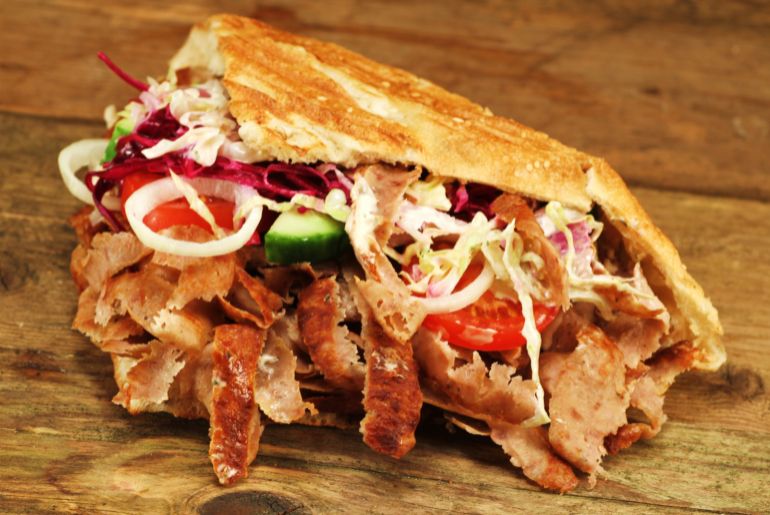
In Turkey, the word “döner” comes from the verb “dönmek,” meaning “to turn”. It’s a nod to the spinning vertical spit the meat cooks on. Traditionally, döner was a lamb-based dish served on a plate, not a pita, with delicate cuts of meat. But things changed when Turkish immigrants arrived in Berlin in the 1970s. They saw potential to innovate by stuffing this tasty grilled meat into pita bread. The Germans loved it. But now, Turkey wants their beloved creation to be recognised as a “traditional speciality guaranteed” (TSG) under EU law. So, who owns the döner? Let’s dive in.
Tradition vs. Innovation: The Kebab-Off
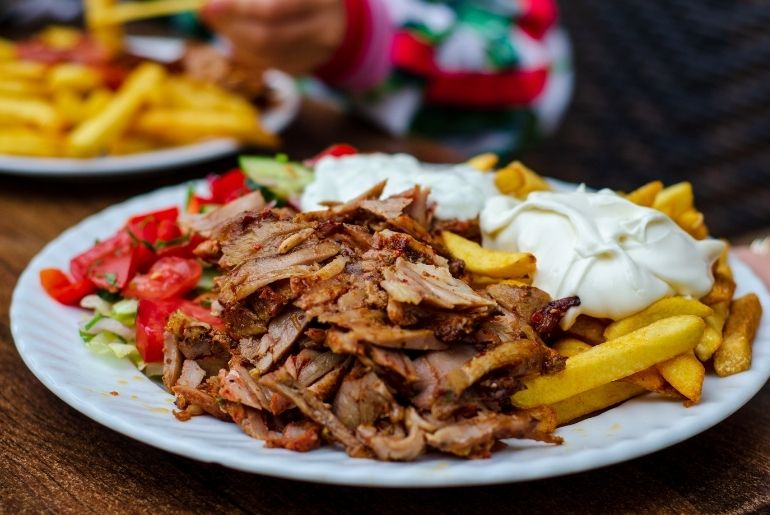
Turkey claims they’ve got dibs on the traditional döner, and they want the European Commission to say so, too. They’re seeking TSG status, which means that any restaurant making a döner kebab would have to follow very specific rules. Think your döner kebab is juicy now? Imagine the meat has to come from cattle at least 16 months old and marinated with exact amounts of yoghurt, onion, and thyme. Not to mention, it needs to be sliced in pieces no thicker than 5 millimetres. Yep, it’s that precise.
Now, this may sound delicious, but here’s where the kebab really meets the bread. Berlin döner spots, with their unique spins on the dish (no pun intended), are about to face serious restrictions. Germany’s kebab shops have evolved the recipe by introducing ingredients like cabbage and an assortment of sauces, flavours which didn’t exist in the original Turkish döner. What will happen to the freedom of chefs to keep experimenting with their versions? Germany’s döner industry, which pulls in a massive €2.3bn annually, isn’t too thrilled with the idea of having their creativity curtailed by Turkish tradition.
European Commission To Take The Final Call!
Application submitted by #Türkiye for “Döner” to be granted Traditional Speciality Guaranteed 🇹🇷.
This opens the opposition phase, which lasts for 3 months.
🥙 https://t.co/BiPrPcrHNZ #GeographicalIndications #EUQuality #TSG pic.twitter.com/FKIE459vym
— EUR-Lex (@EURLex) April 24, 2024
So, will Turkey get their wish for döner kebab’s TSG status? If they do, it’s not the end of the world for your favourite kebab shop, but it does mean things might get a little trickier. Germany’s small business owners would need to comply with these strict new guidelines. The debate puts Europe’s entire döner kebab industry, valued at €3.5bn, on the line.
As the European Commission weighs its decision, it’s a battle of culture, history, and flavour. Germany gave döner its crunchy, street-food identity, but Turkey claims it’s protecting its culinary heritage. While we wait to see what the Commission says, one thing’s for sure: döner kebab will always be a delicious debate.
Also Read: Ditch Baklava, Try These 8 Filo Pastries From Turkey
Kebab Wars
Whether you bite into a German-style pita-stuffed döner or a Turkish plate of thinly sliced lamb, there’s no denying that döner kebab has found a special place in Europe’s food culture. This tug-of-war between tradition and innovation proves that food can unite, but also stir up some tasty rivalry. So, next time you enjoy your kebab, know you’re savouring a dish that’s caught in a delicious identity crisis. Bon appétit, or should we say, Afiyet olsun!
Cover Image Courtesy: Canva Stock Images
For more such snackable content, interesting discoveries and the latest updates on food, travel and experiences in your city, download the Curly Tales App. Download HERE. First Published: September 25, 2024 4:20 PM
